Essential Materials for Painting in Watercolor and Gouache
Learn about the materials you need to start in watercolor and gouache painting and achieve amazing results
Watercolor is one of the most ancient forms of painting, and although you don't need advanced tools and materials to start out, you will require a great deal of confidence and control to achieve the best results.
Watercolor lends itself to many applications and has been used through the centuries all over the world. It is a popular technique that has recently enjoyed renewed popularity, thanks to its expressivity, simplicity, and understated charm.
Gouache and watercolor are very similar mediums and, therefore, complement each other brilliantly. They are a great combination to use in illustration. Gouache is more opaque than watercolor and has a creamy texture with a covering effect.
Alinailustra (@alinailustra), who has based her artistic career on these two painting techniques, shows us the basic materials needed for working in watercolor and gouache. But first, get to know a bit more about what watercolor exactly is.
What is watercolor?
Watercolor is simply a colored ground pigment mixed with a water-soluble binding agent. The paint dissolves when water is added, allowing the paintbrush to spread the pigment on the surface. The binding agent for watercolors is usually gum arabic, although some brands use synthetic binders.
The binding agent helps the color pigment to adhere, produce a brighter color, and keep the pigment particles together on the paper.

How many and what type of pigments are there?
There are more than 100 pigments, and they can be either natural or synthetic. You can obtain green, red, and blue colors from fruit, vegetables, and spices. They are used for dyeing and painting.
Other natural pigments are hard to come by, which makes some colors more expensive. The quantity of the pigment varies according to the grade and quality of the paint.
5 Interesting Facts About Watercolor
Watercolor has existed since prehistoric times. It’s quick-to-use, versatile, colorful and is loved by everyone from amateur artists to the great masters. You will have used it either in tubes or pans, at school, in a studio or on your travels, because it’s a great way to bring sketches to life.
Yet despite being so present in our lives, much of watercolor’s history remains unknown. Did you know that color pans are a relatively modern invention? Or that technically, white watercolor doesn’t exist? And that watercolor is used by explorers as well as artists?
Watch the video below and find out more!
Drawing material for watercolor and gouache illustrations
Alina mainly uses pencils to sketch. For her watercolor and gouache illustrations, she uses a micro point or mechanical pencil, and a pink pencil—which, contrary to a regular graphite pencil, doesn't smudge the paper—. She also always has a pencil sharpener and an eraser within reach.
Besides pencils, it is good to work with alcohol-based ink Rapidographs—Alina uses Winsor & Newton—, which do not run in contact with the watercolor.

Watercolors
Watercolor comes in different formats, and choosing one over another will depend on your preference and specific needs. In Alina's case, she opts for watercolor pans, as they are easy to carry around so she can work with them anywhere, just by adding a little water.
On the other hand, watercolor tubes imply using a separate container for mixing before working with the colors, making them a little more inconvenient to transport. You can work with plastic palettes, similar to those that come with watercolor sets or use a ceramic one.
In this case, you will notice that the pigment on the palette is very similar to what you'll achieve on the paper. If you use a plastic palette, the paint will be more concentrated and will look much brighter.

Gouache
As for watercolors, gouache paint comes in many different brands. According to Alina, the best ones include five colors in their sets—the three primary colors, white and black—; the color white gives opacity to this type of paint, so she always keeps a little extra.
You can also find other good quality color combinations, offering a wider variety of colors enabling us to experiment with the color wheel.
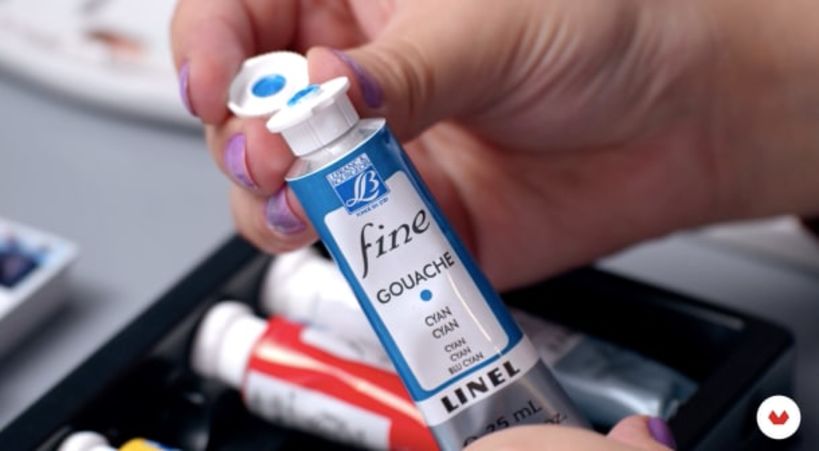
Brushes
In general, synthetic brushes hold less water than natural brushes; when you start, being aware of this will improve your mark-making. As you keep perfecting your technique, you will become used to their different characteristics.
Regarding brushes, choosing their shapes and sizes will depend on your needs, but you will need a flat brush to create transitions of color in gouache. A cat's tongue brush will work wonders if you are looking for a delicate finish. Furthermore, to work your washes, both in gouache and watercolor, you will always need soft bristles.
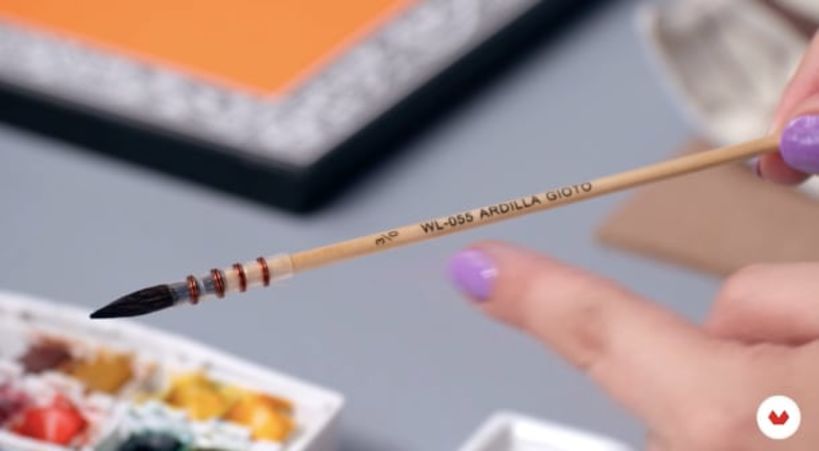
Paper
The type of paper you'll select to paint your gouache and watercolor illustrations will have an impact on the final result. The grammage, texture, and the material it is made of, will influence how the paint reacts to the paper. Alina always has bond paper—readily available at home, generally used for printers—at hand. She uses it for sketching and for making notes.
Paper of varying quality is available for working in watercolor and gouache. Generally, if you are painting many layers and will use a considerable amount of water, you will need to opt for a higher quality paper. For basic practice exercises, a simpler type of paper will suffice.
Since you're going to use water, the paper will most likely cockle, so she recommends you stretch the paper to a rigid surface, such as a board, using masking tape.
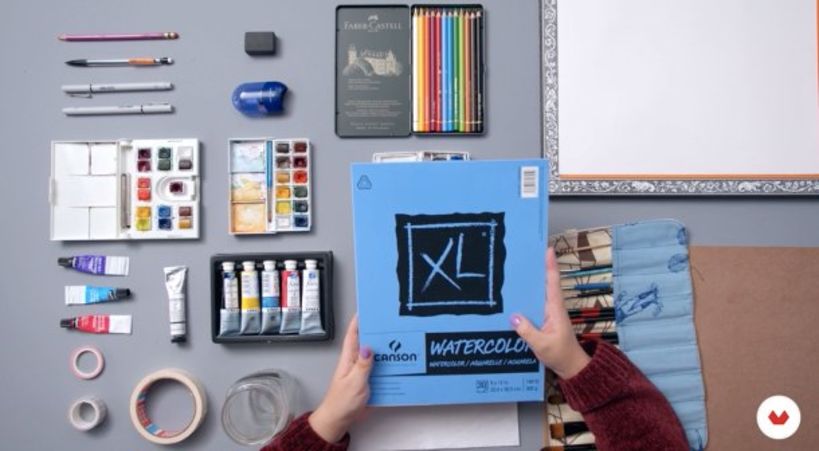
Finally, you can also use colored pencils to refine some details and perfect your watercolor and gouache illustrations. Your creativity is the limit when it comes to experimenting with new materials and finishes in your paintings.
In her course Illustration Techniques with Watercolor and Gouache, Alina will teach you to paint in watercolor and gouache from scratch.
English version by @acesarato.
You may also like:
- Basic Materials for Coloring Photos with Watercolors
- Watercolour World: Access 100,000 Pre-1900 Watercolor Paintings
- Illustration Tutorial: The Color Wheel
- Free Domestika E-book: Watercolor for Beginners
- Architectural Sketching with Watercolor and Ink, a course by Alex Hillkurtz
- Artistic Watercolor Techniques for Illustrating Birds, a course by Sarah Stokes





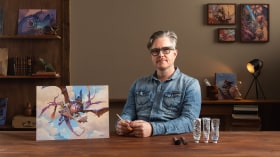
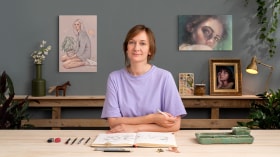
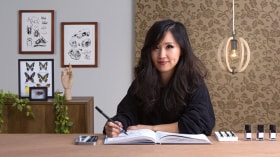
0 comments